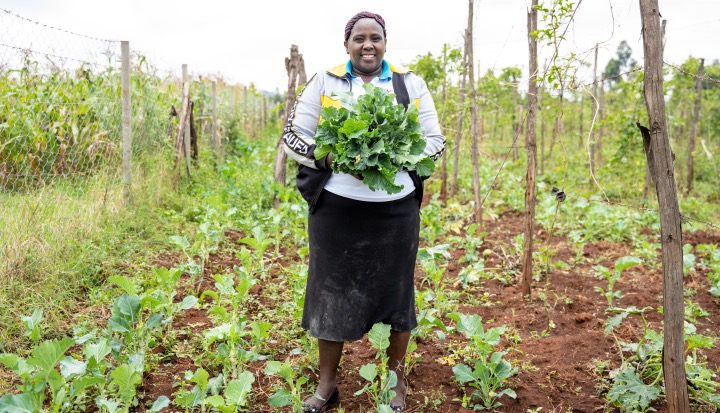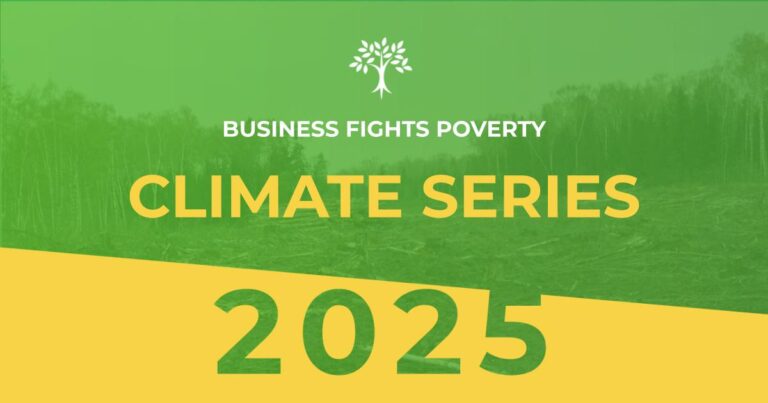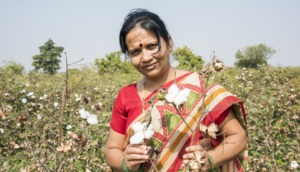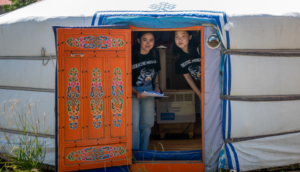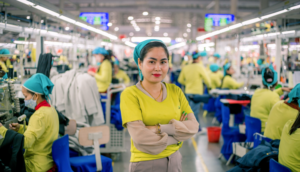Growing the Movement for Change
For smallholder farmers battling soils degraded by chemical fertilisers, pesticides and intensive farming, regenerative agriculture offers a solution that can improve soil health, increase resilience to climate change, and address rural poverty.
In partnership with the IKEA Foundation, Hand in Hand worked with almost 2,000 Kenyan smallholders to transition their farms to regenerative agriculture. The three-year project increased incomes by 155% – showing there doesn’t have to be a trade-off between transitioning to regenerative principles and making agriculture a profitable option for farmers.
Here, Pablo Tittonell, UN FAO advisor and global agroecology expert, Nicholas Syano permaculture expert and founder of the Drylands Natural Resources Centre and Japheth Muli, Hand in Hand Eastern Africa’s Regenerative Agriculture Lead, explain what needs to happen for rural communities to embrace regenerative agriculture.
Our experts’ five key takeaways:
1.We must count the cost of ‘business as usual’
Farmers on the frontline must contend with soil degradation, land erosion and a rapid decline in pollinators. Regenerative agriculture techniques encourage biodiversity and help mitigate climate change by sequestering carbon in the soil. In fact, after oceans, land is our largest ‘carbon sink.’ But, if we persist with the status quo, the smallholder farmers who produce a third of the world’s food will continue to see decreasing yields and rising food insecurity.
Dr Pablo Tittonell explains:
“25% of agricultural soils in the world… They’re not productive anymore. And that’s a major challenge for us to think about – feeding the world, food security and sovereignty… they need to be restored. They need to be regenerated.”
Japheth Muli agrees: “If we don’t come together and fund and support regenerative agriculture, what will happen to us, and what will happen to the community? Because we know that if we can’t preserve the environment and the ecosystem, we cannot thrive on lab technology – we cannot only eat manufactured meat from the lab.”
2. Donors can help by giving farmers more time, and by being ‘co-innovators’
When applying regenerative practices to land that’s been intensively farmed for decades, it can take as long as five years for soil to regain its full health. But, as Japheth Muli explains, most programmes aimed at smallholders across Africa are only one-to-two years long, dictated by the funding cycles of overseas donors. To see results from regenerative projects, Japheth argues, donors must take a longer view.
“If we look at the damage we have already done to the environment, it needs a lot of effort and time to bring back.”
Pablo Tittonell agrees, pointing out that the process of agroecology is an ongoing dialogue with the land itself, with innovation and knowledge-sharing at its heart. This is at odds with a traditional project design, where a donor would expect to see a fixed theory of change from the outset. “A donor might ask, how many meters of irrigation pipes are you going to buy in your project? I would say. Well, I don’t know, because we need to decide, together with farmers whether irrigation is what we need… We need a process of co-innovation with practitioners and also the donors.”
3. Women must be a part of the change
Women often lack the skills, resources and decision-making power to change how they farm. As part of its agroecological work, Hand in Hand is now rolling out gender equity training for men and communities, to challenge the norms and attitudes that hold women back. Japheth Muli says:
“Women, especially in Africa, don’t own land, and therefore they don’t have the power to make decisions. But most of the small-scale farmers are women, and they face challenges when it comes to making decisions on what kind of agriculture they want to see.”
4. We must close the ‘regenerative research gap’
Pablo Tittonell believes that the significant gap in the amount of research on organic and regenerative farming is holding the sector back. He says: “Research shows conventional farming (with pesticides and chemical feeds and fertilisers) is just 20% more productive than organic farming. But 95% of agricultural research only covers conventional farming techniques. And that’s just publicly funded research, it doesn’t take into account the private sector. If we could close that enormous research gap, and invest money in alternative forms of agriculture, imagine just how much more productive regenerative agriculture could become?
5. Regenerative agriculture has to put money in farmers’ pockets
We know that the shift to regenerative agriculture won’t be long-lasting if it’s not a financially viable option for farmers living on or below the poverty line. In Hand in Hand’s most recent project, reaching 1,948 smallholders (80% women), farm incomes increased by 155% – both through reported increased yields, and by reducing or eliminating the need for farmers to purchase expensive commercial farm inputs.
And this income uplift happened even in remote rural areas, where premium markets for organic produce have not yet been established. But Nicholas Syano believes this will change. “By 2050, 60% of the population [of Kenya] will be in the cities. They’ll need organic foods, and so the business is there. Farmers can look at switching to regenerative practices as a business model with the potential to bring in a lot of money.”
For now, he argues, farmers can look at economies of scope rather than scale. “Because where you diversify into many things and make your income a bit from here, a bit from there – that’s a resilient business.”
By 2027, Hand in Hand is aiming to reach 75,000 farmers (80%) women. You can find out more about our regenerative agriculture programmes here: www.handinhandinternational.org
Watch the full panel discussion, Growing the Movement for Change, here:
Learn more about Hand in Hand’s work with the IKEA Foundation.
This article is part of our Climate Justice Series 2024. Explore our Climate Justice Community Forum Insights paper and discover other insightful articles and podcasts from our global community, published during COP29.
